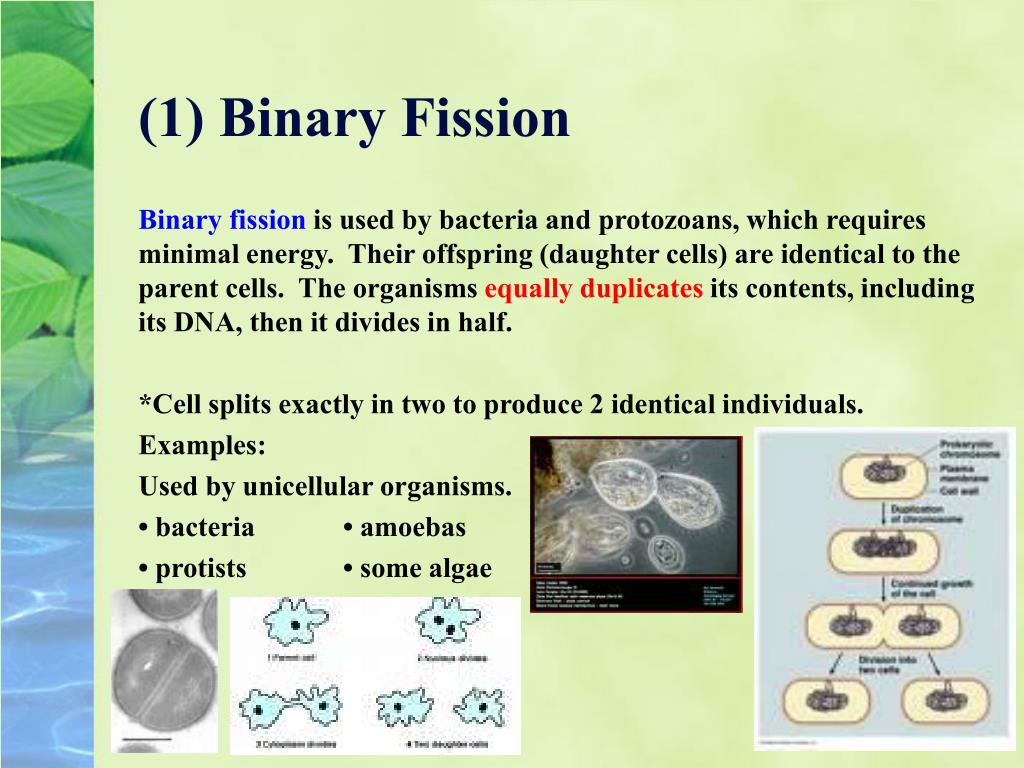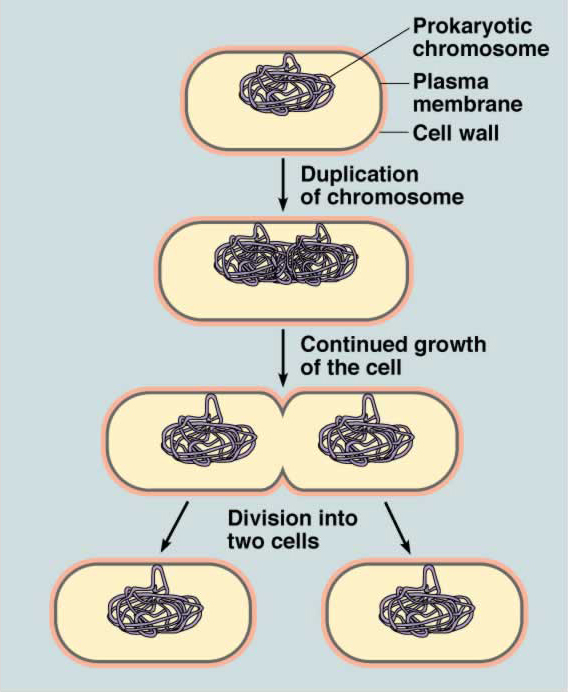



Some species are designed to have many viable parts that can live independently all found on one individual. However, without diversity, natural selection cannot work and if there are no mutations to make more favorable traits, asexually reproducing species may not be able to survive a changing environment. Not having to find a mate is advantageous and allows a parent to pass down all of its traits to the next generation. This means there is no mixing of genes and the offspring is actually a clone of the parent (barring any sort of mutations).Īsexual reproduction is generally used in less complex species and is quite efficient. Sexual reproduction requires both a male and a female gamete with different genetics to fuse during fertilization, therefore creating an offspring that is different from the parents. Asexual reproduction only requires a single parent that will pass down all of its genes to the offspring.

There are two types of reproduction: sexual reproduction and asexual reproduction. Those individuals with undesirable traits will, theoretically, eventually be bred out of the population and only the individuals with the "good" traits will live long enough to reproduce and pass down those genes to the next generation. Natural selection, the mechanism for evolution, chooses which traits are favorable adaptations for a given environment and which are unfavorable. All living things must reproduce in order to pass down genes to the offspring and continue to ensure the survival of the species.


 0 kommentar(er)
0 kommentar(er)
